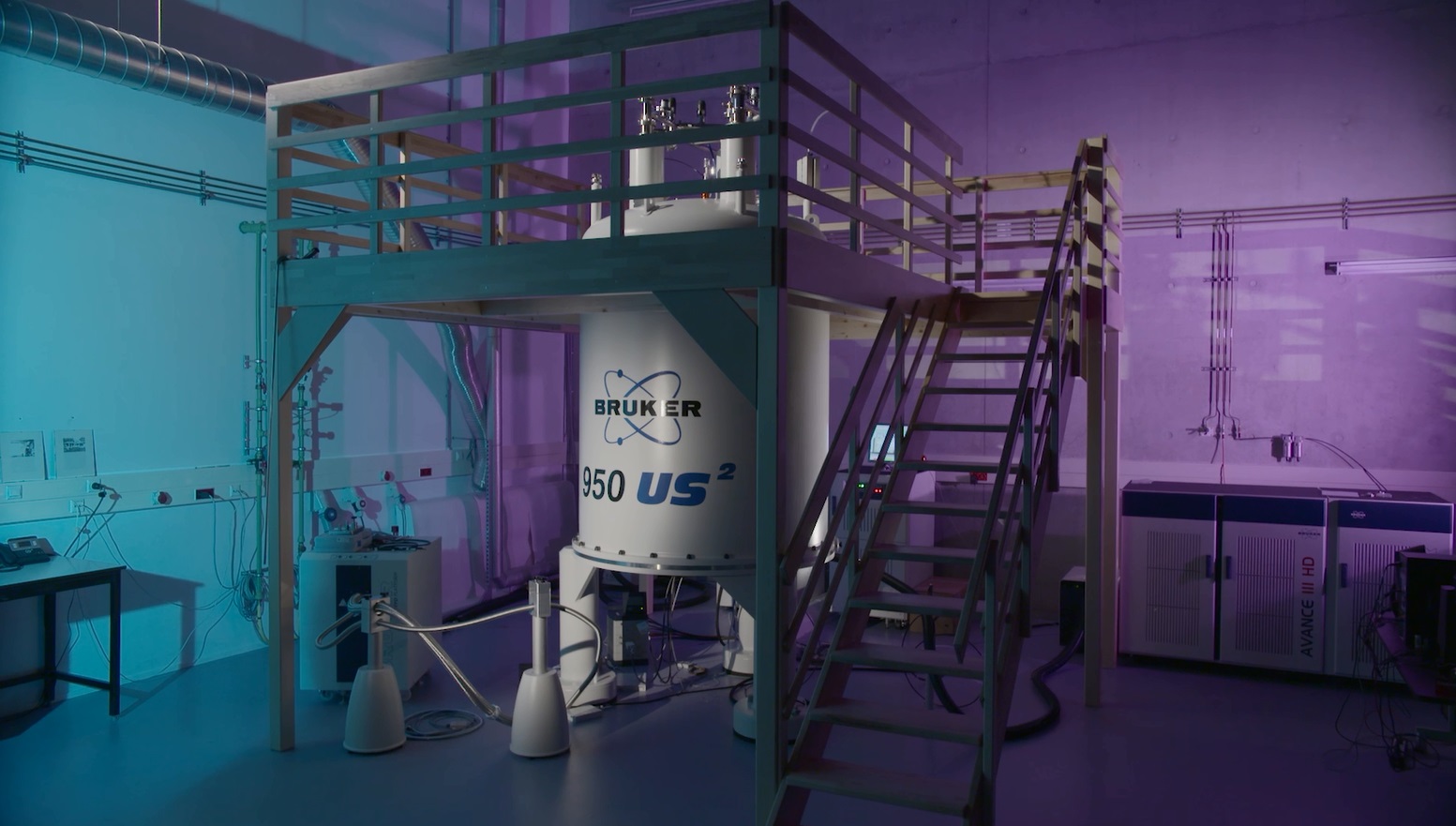High resolution
The development of molecular sciences for materials, food and health critically depends on comprehensive and non-invasive specimen characterization. Nuclear magnetic resonance (NMR) spectroscopy is one of the most widely applied analytical methods and has found abundant application in biology, medicine and materials research.
To address these challenges, the four major Dutch centres for magnetic resonance research in structural biology, materials and metabolic mapping as well as imaging techniques, together with the public private partnership for analytical chemistry TI-COAST, formed in 2011 a national consortium. This concerted effort resulted in the implementation of a national ultrahigh-field Nuclear Magnetic Resonance facility (uNMR-NL) that aims at providing open access to a new generation of NMR instruments operating at ultra-high field strength across scientific disciplines and industrial research.
The central high-field 950 MHz spectrometer of the uNMR-NL facility is equipped with probes for liquid- & solid-state NMR spectroscopy and microimaging
As a first step in this direction, the uNMR-NL consortium received funding to place at Utrecht University a 950 MHz standard bore equipped with several solution-, solid-state an micro-imaging probes that has been installed in the summer of 2015. This machine will in the near future be followed up by the first ultra-high field instrument, a 1.2 GHz standard bore NMR, in the Netherlands.
